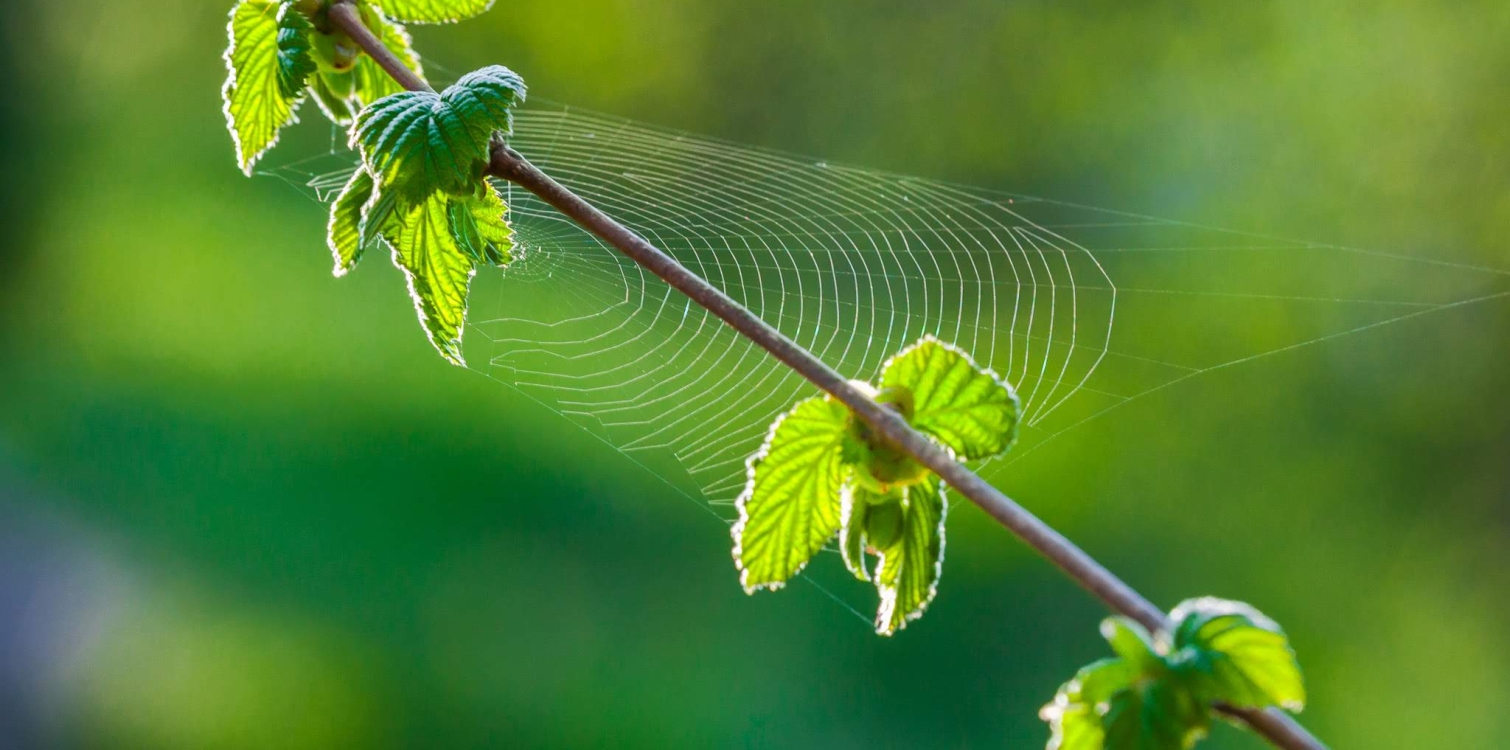Even though it's still winter outside, many trees are already in bloom. One of them is the common hazel, which delights us in early autumn with its fruits—hazelnuts.
Common hazel is one of the most common shrub species in Slovenia.
It is most abundant in lowlands areas, forest edges, clearings, glades, pastures, deciduous and mixed forests.
It thrives up to an altitude of 1000m, rarely growing higher. It is a light-loving species and cannot tolerate strong shade.
In the forest, it prevents soil erosion and desiccation, and improves soil composition with its fallen leaves. It plays an important role at the forest edge, where it protects the forest from wind damage.
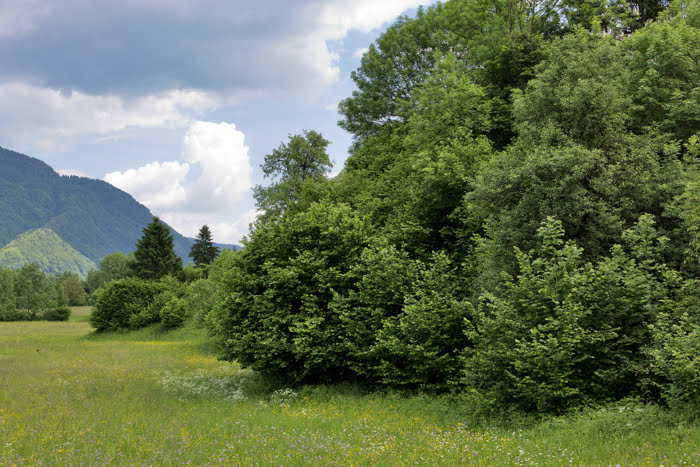
Hazel is a pioneer species and overgrows abandoned agricultural land.
- A deciduous shrub with a dense and branched crown, it grows up to 8 m tall.
- It has a shallow root system.
- The bark is smooth and grey with many white lenticels - permeable spots on the bark that allow air to enter the plant.
- The leaves are roundish with a double serrated edge. The upper side is darker than the underside, where prominent veins are clearly visible. Along the veins, there are small hairs.
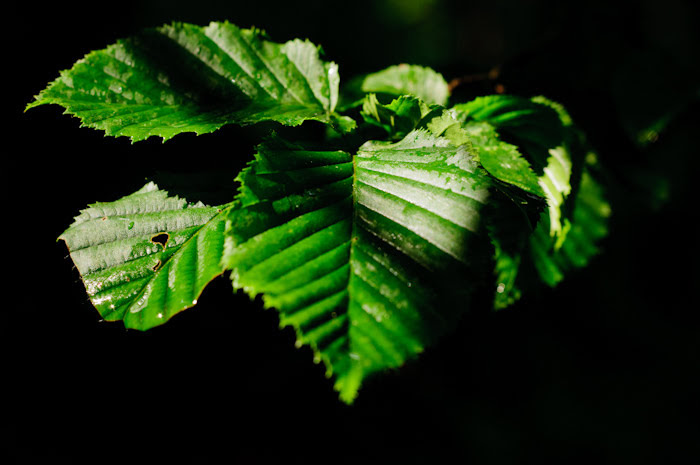
- It blooms before the leaves emerge.
- The male flowers are catkins (elongated inflorescences) which develop in summer and overwinter. They open in early spring.
- The female flowers are hidden in flower buds from which small red stigmas protrude.
- It blooms from February to April, in favourable conditions as early as January. The pollen is dispersed by the wind.
- From pollinated female flowers, hazelnuts develop, growing in clusters of 1 to 5. The hazelnuts are nuts up to 2 cm long, sometimes reaching up to 2.5 cm if growing conditions are favorable. Once they ripen, they fall immediately.
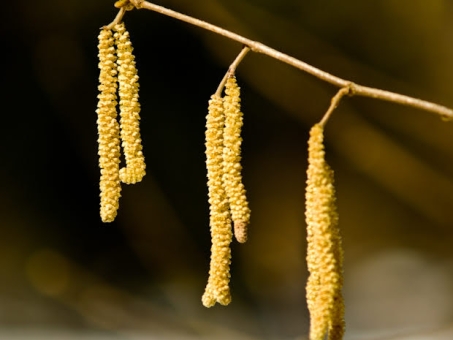
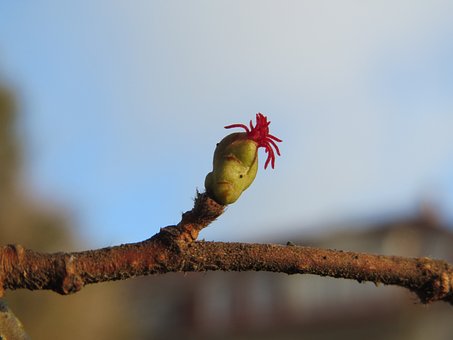
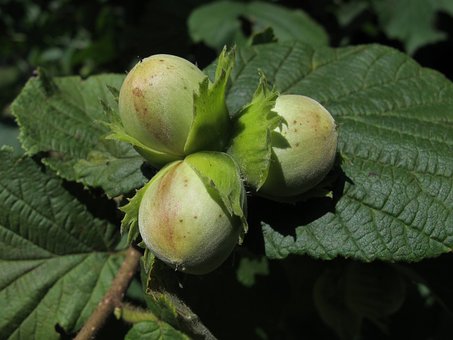
- Hazelnuts can be used to make many dishes and are eaten by many animals.
- Hazelnut leaves are food for the caterpillars of many butterflies.
- Humans use hazel wood to make baskets, rakes, wickerwork, for firewood, and more.
- The best charcoal for drawing is made from hazel wood!
- Unfortunately, many people are allergic to hazel pollen, which causes tearing, runny nose, and sneezing.
DID YOU KNOW?
- The largest hazelnuts can be up to 4 cm in size.
- Turkey is the country that produces the most hazelnuts, accounting for more than 70% of the world market.
- The most famous hazelnut-flavored spread is Nutella, and the French consume the most of it worldwide.
Was this page helpful?
Thank you.
Thank you.

